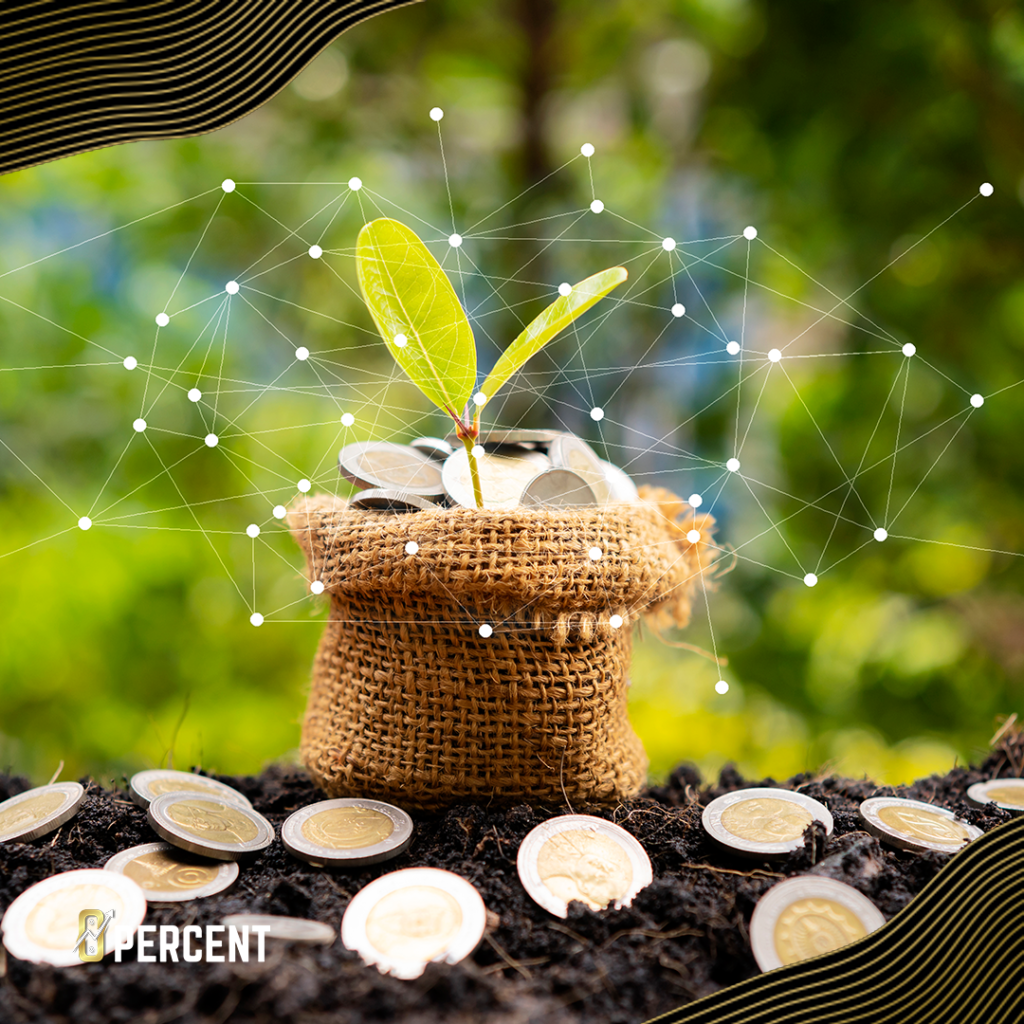
Angel Alvarez
Angel Alvarez Funding, 0 Percent Who is Angel Alvarez? From SpaceX to 0 Percent Angel is a remarkably well rounded individual who has had a
Over the past few decades and especially the most recent one, there has been a growing global awareness of the urgent need to address climate change and promote sustainability and renewable sources of energy. As a result, businesses are increasingly seeking ways to transition to more environmentally friendly practices. However, this transition requires substantial financial resources. Enter: green financing.

Green financing, also known as sustainable finance or responsible investing, refers to the process of raising capital and investment for projects that have positive environmental and social impacts, including targeting funds towards initiatives that aim to mitigate climate change, protect ecosystems, conserve natural resources, and promote sustainable development.
Green financing is guided by ESG, or environmental, social, and governance criteria. It ensures that investments are made in projects that align with the principles of sustainability. Green financing encompasses various financial instruments such as green bonds, green loans, sustainability-linked loans, and impact investing.
Green financing plays a pivotal role in addressing many of the global problems noted above. But not only does it help address these issues, it also helps accelerate the transition to a greener economy. By providing financial resources to sustainable businesses, it enables the development and implementation of innovative technologies and practices that reduce environmental impact and promote sustainability. Green financing also encourages companies to adopt sustainable practices, enhancing their long-term resilience and minimizing the risk associated with climate change-related events.
By aligning with ESG criteria, businesses can often attract a broader range of investors who are interested in supporting environmentally responsible initiatives. This can lead to increased funding opportunities and improved market positioning.
Access to green financing can also encourage innovation by supporting research and development of environment-centered technologies, and encourages businesses to invest in clean energy, energy-efficient infrastructure, sustainable agriculture, and other areas that contribute to a lower carbon future.
The world seems to be at a crossroads, with multiple global issues taking the stage. Foremost among those issues is climate change, and as the world grapples with these challenges, green financing is emerging as a potent strategy for supporting the transition to a greener economy. It is certainly not the only financial strategy out there, but can be a solid driver of positive environmental and social change, paving the way for a sustainable future where businesses thrive while respecting planetary boundaries.

Angel Alvarez Funding, 0 Percent Who is Angel Alvarez? From SpaceX to 0 Percent Angel is a remarkably well rounded individual who has had a
Sign up to receive news & updates!
Sign up to receive news & updates!